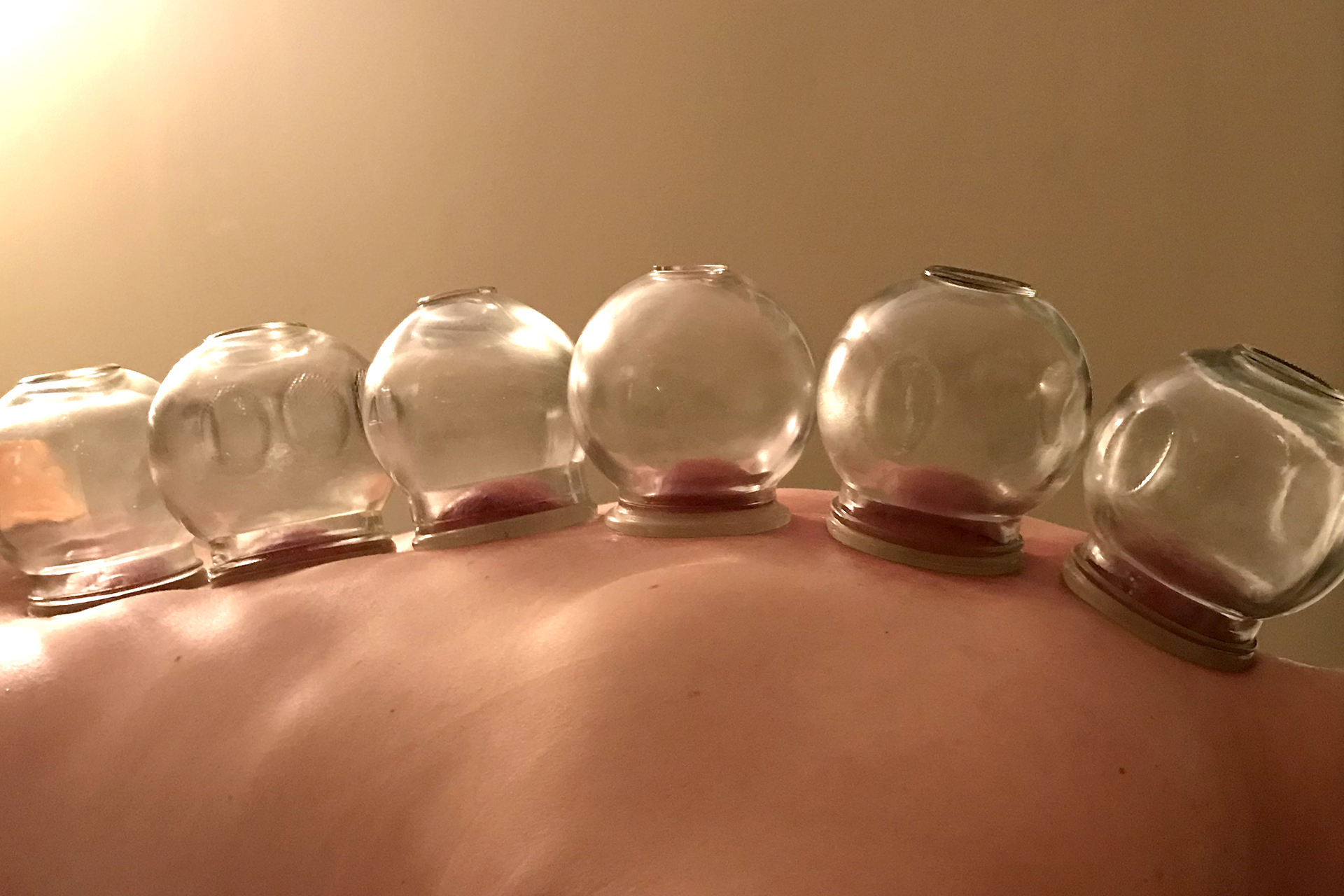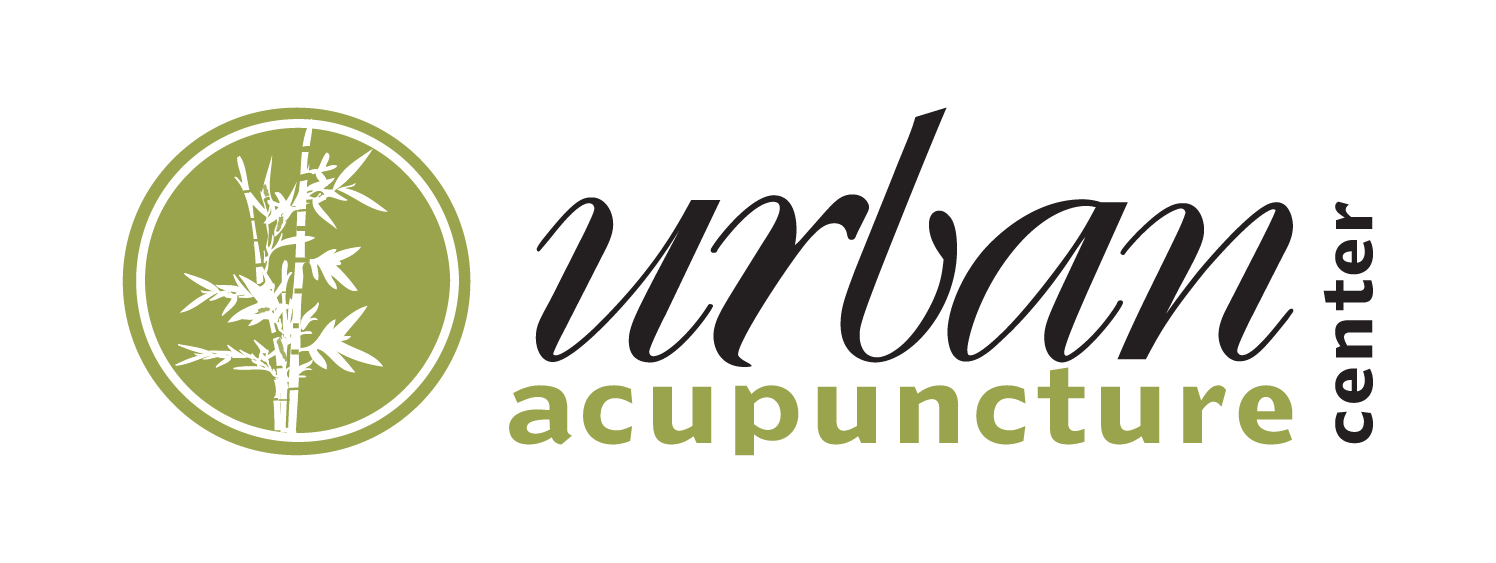Cupping Therapy
 Cupping
Cupping
Cupping (sometimes called ‘myofascial decompression’) is a simple and effective therapeutic technique which can be used alone or in combination with acupuncture or massage therapy. One way to think about cupping is that it is the opposite of massage. Rather than applying pressure to muscles, suction is created to pull the skin, connective tissues and muscles upward. Cupping itself was developed thousands of years ago and though techniques have modernized, the original philosophy remains the same. Cupping involves placing glass, plastic, or silicone jars/cups on the skin and creating a vacuum by suctioning out the air. The underlying tissue is raised, or sucked, partway into the cup. The purpose of cupping is to enhance circulation, to help relieve pain, and to pull out the toxins that linger in your body’s tissues.
You usually will feel a tight sensation around the cup. Often, this sensation is relaxing and soothing. Depending on your comfort level and the assessment of your problem, cups may be moved around or left in place but rarely need to be applied for more than ten minutes. Cupping causes the skin to temporarily turn red, blue or purple, especially if there is an injury or functional blockage under the area that was cupped. These cupping marks are rarely painful and once they have cleared, the treatment may be repeated until the condition or ailment is resolved. We do not perform wet cupping.
The suction or vacuum technique is designed to pull toxin build-up and muscle spasm from the body’s deeper tissues to the surface of the skin along the fascial or acupuncture pathways. The cells of the body use oxygen and give off carbon dioxide; when the energy and circulation to cells are blocked, the cell’s metabolic and carbon dioxide waste products become blocked as well. This is called acid or toxin build up. Physical pain implies a blockage in the circulation through a specific area. When toxins or cell waste stagnate in the muscles or joints, it can be very difficult for the body to get rid of this waste, causing further blockage and discomfort. Utilizing cupping techniques, we are able, by vacuum or suction to pull the blockage out of the deeper tissue and move it to the skin’s surface. Once on the surface, it is much easier for the body to eliminate these toxins through the superficial, capillary blood and lymphatic drainage systems. Essentially, cupping can pull toxin build-up out of specific areas and can also pull fresh, new blood and nutrients into those areas which will revitalize and restore proper blood flow.
Cupping is diagnostic as well as therapeutic and can tell us three basic things. First, cupping tells us exactly where the problem is, as we usually cup an area slightly larger than the painful area to ensure that the area of pain is completely covered. Some skin under the cups will color, and some won’t, though the same amount of suction has been used with all the cups. Even on the skin under a single cup, part may color while the rest does not. Second, cupping tells us the kind of problem with which we are dealing, as problems relating to toxin build up or muscle spasm will cause the skin under the cup to color, whereas issues dealing with nerve or bone will not color at all. Third, cupping will tell us the severity of the problem. Light or moderate blockage will cause the skin under a cup to color pink or red and take a day or two for the color to go away. Severe stagnation can cause the skin to color a deep scarlet red, purple or even black; it may take seven to ten days for the dark color to disperse. All this information is helpful not only in treating the patient, but also in making an accurate acupuncture diagnosis. Cupping is an extraordinary technique to add to acupuncture or massage, and its effects are immediate. The healing process may be shortened by weeks, even months, by using cupping, a method that manually removes blockages and restores proper blood circulation.
